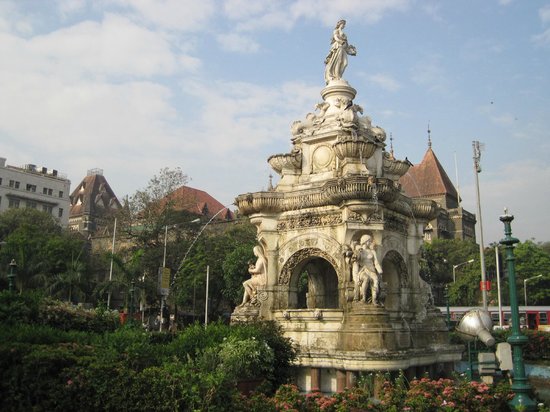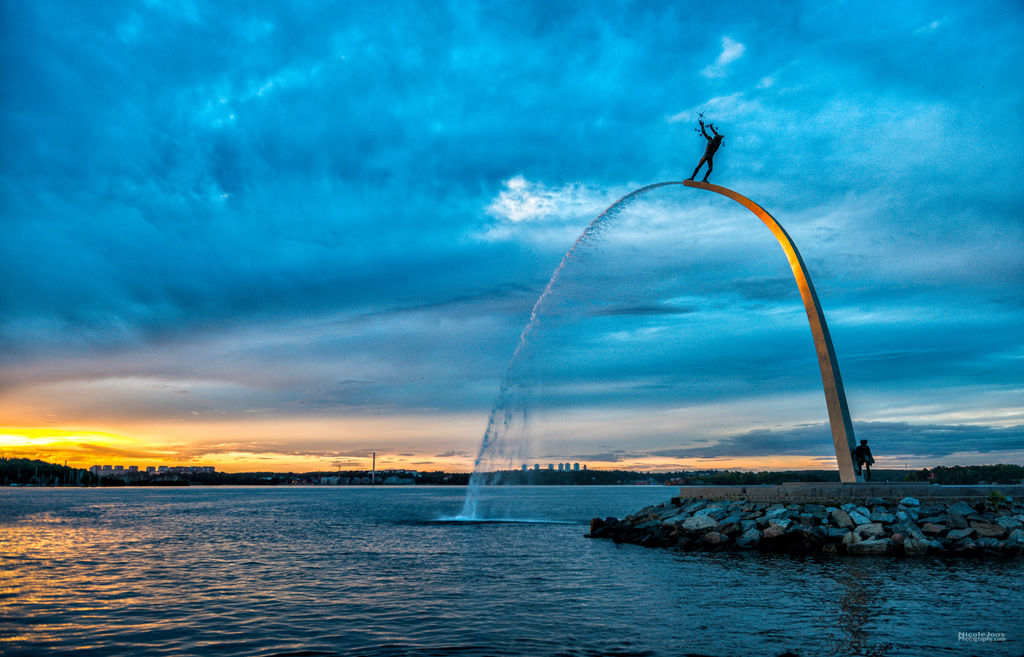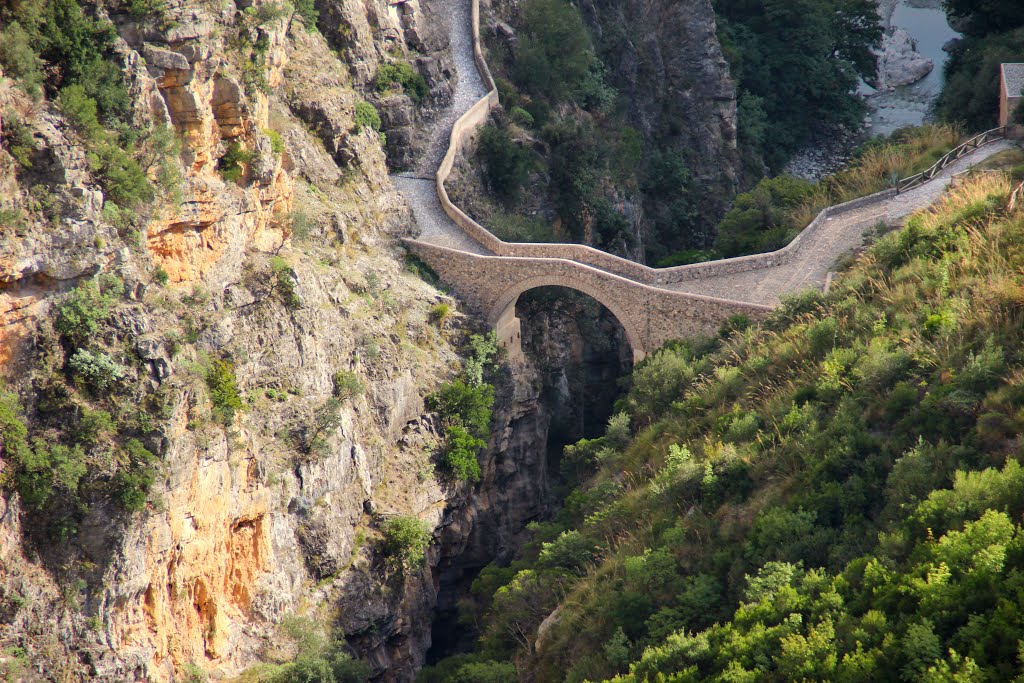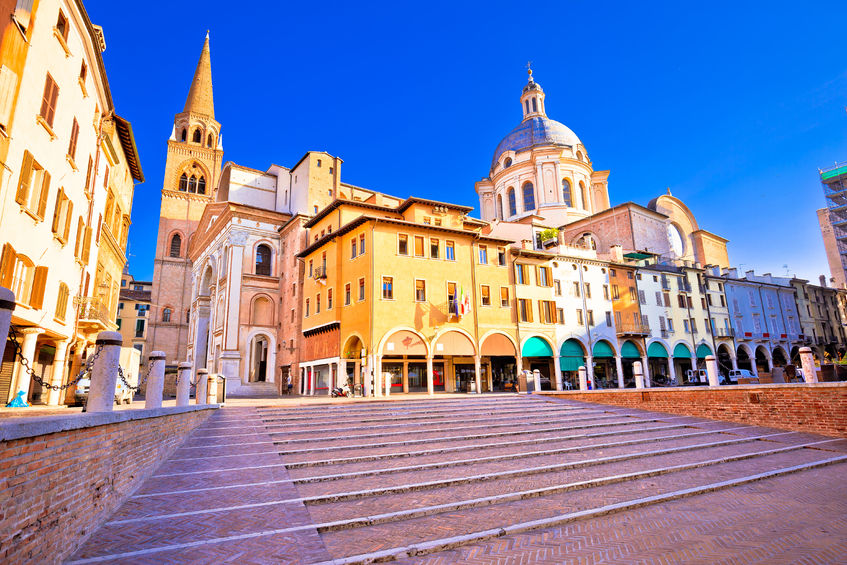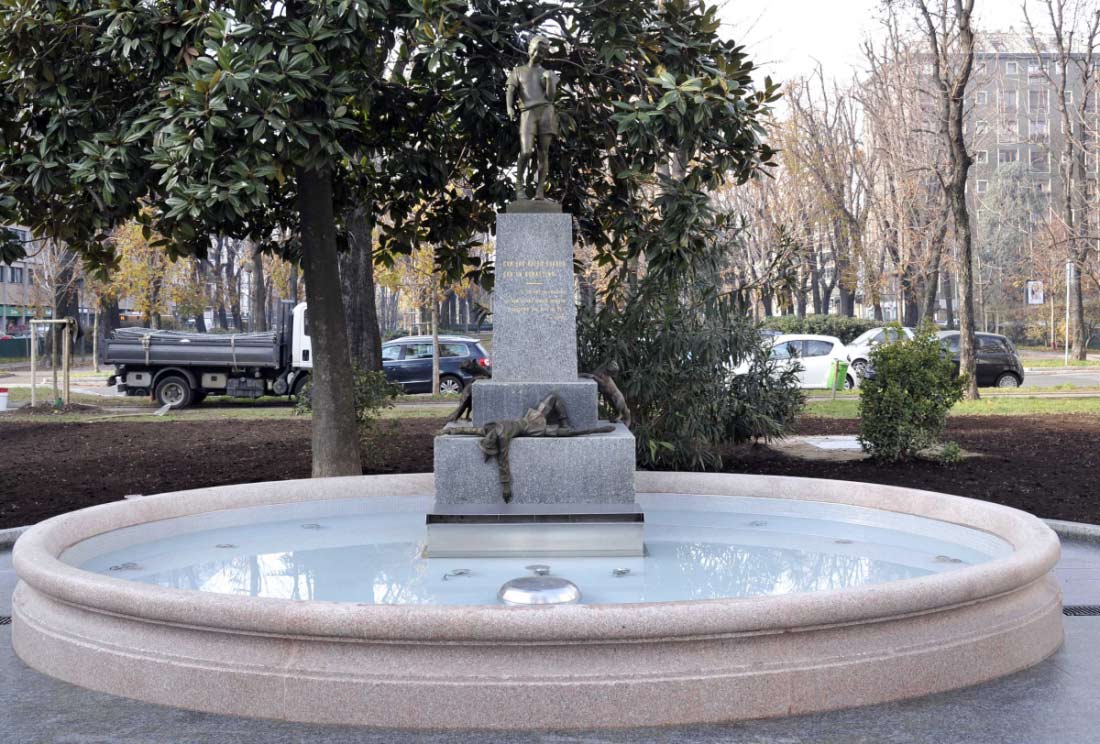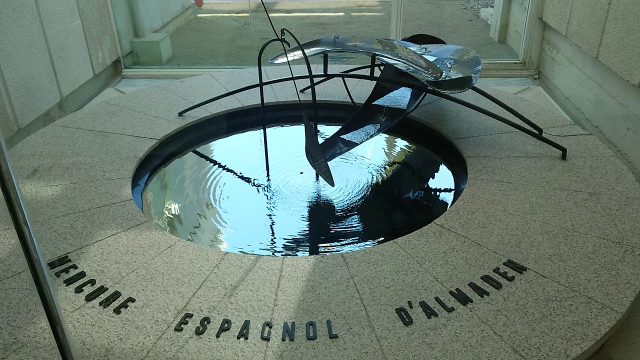The Flora Fountain was built by the British colonial government that ruled Bombay in 1864. It was initially named after the Governor of Bombay, Sir Bartle Frere, the man responsible for building a modern Mumbai. But before the inauguration, the name ‘Flora’ was conferred on it – the Roman goddess of fertility, flowers, and spring.
It was constructed by the Agri-Horticultural Society of Western India in 1864 with the help of a donation by Cursetjee Fardoonjee Parekh, a wealthy Parsi businessman.
The origins of the fountain lay in the demolition of the fort walls. The Fort had three gates – Bazaar Gate, Apollo Gate, and Church Gate – before its demolition, Flora Fountain was installed at the same spot. It stands next to another monument, a stone statue bearing a pair of torches holding patriots, honouring the soldiers of the Samyuktha Maharashtra Samiti who fought for a separate Maharashtrian state, called Martyr’s square or Hutatma Chowk.
The Fountain was designed by Richard Norman Shaw and carved by James Forsythe, inspired by Neo-Gothic and Indo-Saracenic architecture styles. The Flora’s structure stands on a 32 ft high base of the fountain, and Flora, on top, is 7 ft. It is sculpted from Portland Stone and coated with a layer of white oil paint. The original limestone is a luminous pale beige.
